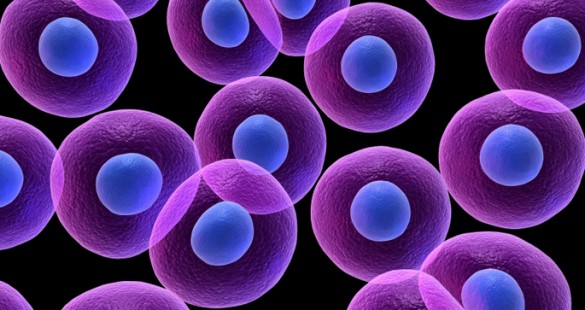Inflammation, infection, and aging can take a toll on human cells by breaching the scaffold of proteins called lamins that support and protect the nucleus from structural collapse.
Researchers at Vanderbilt University recently reported that SARM, one of the “family of five” innate immunity adaptors that includes MyD88, stabilizes lamins to protect human cells from inflammation-driven programmed cell death called apoptosis. The investigators found that SARM moves to the nucleus and forms a lattice that is similar to the nuclear lamina scaffold.
The report, published last month in PLOS ONE, was authored by Chad Sethman, Ph.D., a former postdoctoral fellow at Vanderbilt who now is assistant professor of Biology at Waynesburg University in Waynesburg, Penn., and Jacek Hawiger, M.D., Ph.D., Distinguished Professor of Medicine and Louise B. McGavock Chair in Medicine.
Mutations and other damage that destabilize nuclear lamins underlie a number of intractable human diseases including forms of muscular dystrophy, cardiomyopathy (deterioration of the heart muscle), and progeria (a rare disorder that resembles accelerated aging).
This discovery “suggests a potential role for SARM in counteracting age-related defects of nuclear lamins,” Sethman and Hawiger concluded.
The research was supported by National Institutes of Health grants HL085833, AA015752, AI049824, and a Ruth L. Kirschstein National Research Service Award for Individual Postdoctoral Fellows (HL084214).















